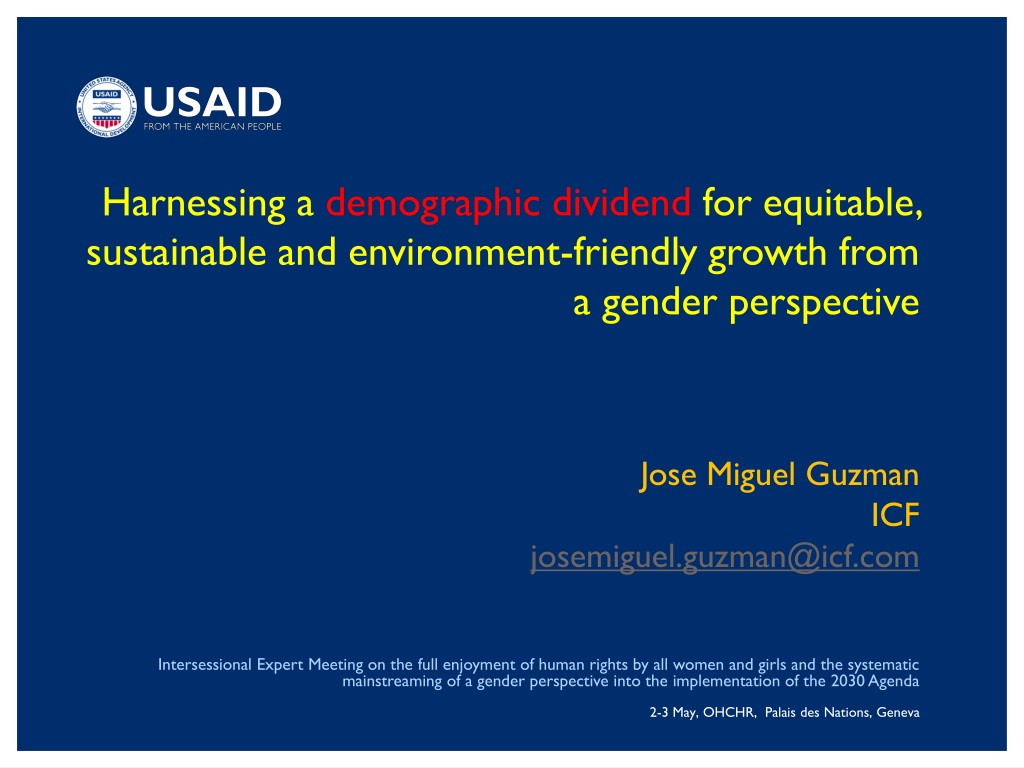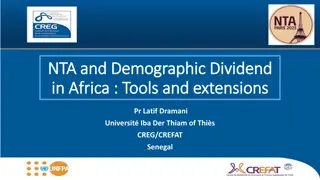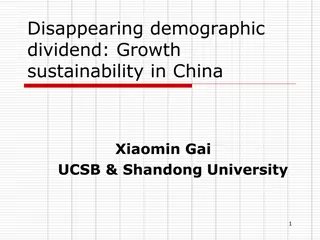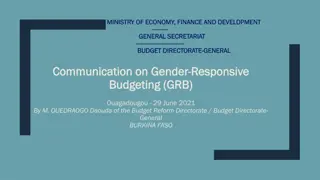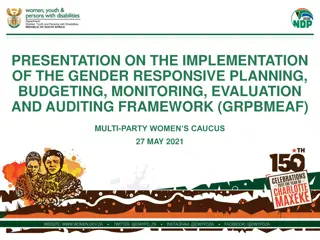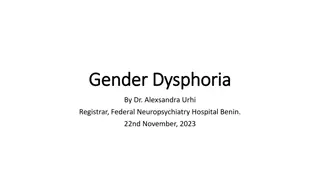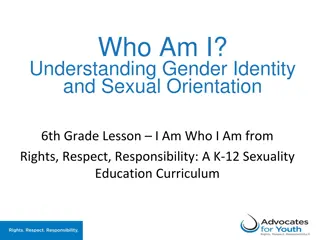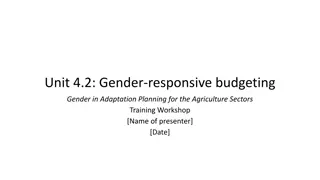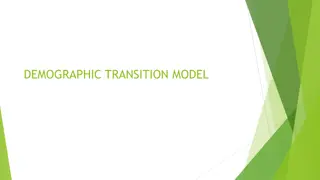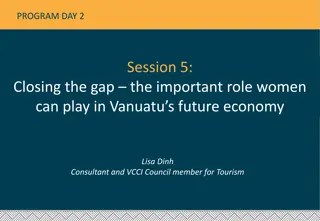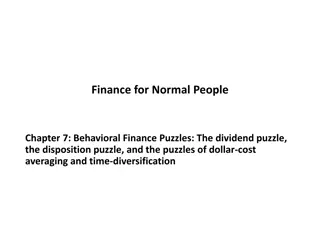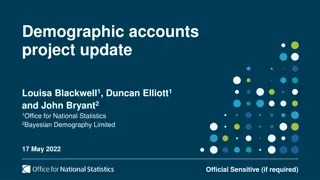Harnessing a Demographic Dividend for Equitable Growth: A Gender Perspective
Harnessing a demographic dividend involves leveraging a decrease in fertility rates to shift the population towards a larger working-age group, reducing dependency ratios and creating opportunities for economic and social investments. This process requires the right policies and frameworks. The 3 Es framework - Empowerment, Education, Employment - highlights key areas for intervention to maximize the benefits of the demographic dividend.
Download Presentation

Please find below an Image/Link to download the presentation.
The content on the website is provided AS IS for your information and personal use only. It may not be sold, licensed, or shared on other websites without obtaining consent from the author. Download presentation by click this link. If you encounter any issues during the download, it is possible that the publisher has removed the file from their server.
E N D
Presentation Transcript
Harnessing a demographic dividend for equitable, sustainable and environment-friendly growth from a gender perspective Jose Miguel Guzman ICF josemiguel.guzman@icf.com Intersessional Expert Meeting on the full enjoyment of human rights by all women and girls and the systematic mainstreaming of a gender perspective into the implementation of the 2030 Agenda 2-3 May, OHCHR, Palais des Nations, Geneva
What is the demographic dividend What happens as a result of a sustained decline in fertility and the subsequent decrease of the size and weight of the young population and increase in the working age population. So the dependency ratio decrease. Provides an opportunity for smarter economic and social investments (human capital) and increased countries' output and the possibility for long-term development. The demographic dividend is not a given. It is an windows of opportunity. Requires the right policies. 2
What is the demographic dividend Total Dependency Ratio 100.0 90.0 80.0 70.0 60.0 50.0 40.0 30.0 20.0 Nigeria Brazil 10.0 0.0 1950 1955 1960 1965 1970 1975 1980 1985 1990 1995 2000 2005 2010 2015 2020 2025 2030 2035 2040 2045 2050 2055 2060 2065 2070 2075 2080 2085 2090 2095 2100 United Nations, Department of Economic and Social Affairs, Population Division (2017) 3
What is the demographic dividend Total Dependency Ratio 100.0 90.0 80.0 70.0 60.0 50.0 40.0 30.0 20.0 Nigeria Brazil 10.0 0.0 1950 1955 1960 1965 1970 1975 1980 1985 1990 1995 2000 2005 2010 2015 2020 2025 2030 2035 2040 2045 2050 2055 2060 2065 2070 2075 2080 2085 2090 2095 2100 United Nations, Department of Economic and Social Affairs, Population Division (2017) 4
What is the demographic dividend Working age population 15-64 80.0 70.0 60.0 50.0 Nigeria Brazil 40.0 30.0 20.0 1950 1960 1970 1980 1990 2000 2010 2020 2030 2040 2050 2060 2070 2080 2090 2100 5
Harnessing a Demographic Dividend The 3 E s Framework Empowerment Education Employment Source: World Economic Forum: Harnessing The Opportunity Of The Demographic Dividend. Publication by the Global Agenda Council on the Demographic Dividend., 2015. 6
The 3 Es Framework for Harnessing a Demographic Dividend Areas for intervention: some examples Empowerment (Goal 3, 5, 6,10,16) Gender equality at all levels Early marriage and childbearing Female genital cutting Violence against women and girls Health Sexual and reproductive and family planning Education: (Goal 4 ) Access and equal opportunities for education for girls and boys Access to sexual education Increased investments in education to complete coverage and increase quality Employment (Goal 8, 11) Employment/labor opportunities for young people, including contexts of rapid urban growth Labor and trade policies Source: World Economic Forum: Harnessing The Opportunity Of The Demographic Dividend. Publication by the Global Agenda Council on the Demographic Dividend., 2015. 7
Harnessing the demographic dividend Policy implementation: sustainability, and gender Climate change and its consequences can undermine the conditions for harnessing a demographic dividend. Best scenario: more consumers Investing in the green economy Example of Bangladesh Fertility decline More women employment Environmental degradation 8
Harnessing the demographic dividend Policy implementation: Challenges, with emphasis in poorest countries Rapid and unplanned urbanization Skilled migration In situation of crisis and conflicts: Instability in the economy: low incentives for investments affects employment creation, particularly for young people Focus in solving daily crisis: lack of long-term vision needed to generate a demographic dividend and reap the benefits of it. Disruption of school cycles: low incentives for girls/boys to attend school. Less opportunities for gender sensitive policies and increased risks for gender-based violence 9
Harnessing the demographic dividend Some conclusions Opportunity is coming for demographic dividend in many countries, particularly Africa. If well planned it can have positive impacts on development, sustainability and gender equality. Requires a long-term vision and a national commitment, There is no possibility of harnessing the DD without a strong on gender equality, women and girls empowerment and its synergies with the other two set of policies But it is not only about creating employment opportunities for young people; it is about quality employment that allows for growth and sustainability 10
THANKS! 11
